Mechanical houses, that’s what we need. Homes that can have their spaces easily transformed to suit whatever function they need to serve at any one time.
A wall that can be pulled in and out to house a bed; a floor that can shift to reveal a sunken bath; a bookshelf that can double as a door.
The Murphy House in Edinburgh, designed by and for the architect Richard Murphy, is a spectacular example of this approach.
Described by the Royal Institute of British Architects as “box of tricks” it has walls that disappear and ceilings that move, all while taking up a modest footprint on an awkward urban plot.
Multifunctional furniture and mechanical homes have much in common
Making the most of the available space is a resourceful and beautiful thing to do.
It puts designers to work, stretching their creativity to the max while being conscious of the footprint a property places on the land and making sure not to waste an inch of it.
Of course, creating such a home is something that really has to be done at the design stage, although some retrofitting of clever, functional features may be possible, if not altogether elegant.
The next best thing is multifunctional furniture. It adopts this same philosophy of enabling spaces to serve more than one function, but with a piece-by-piece approach.
Multifunctionalism is one of the major trends in home interiors as we place ever greater demands on our homes in terms of space and facilities.
Staying in has become the new going out and for many the move to home working is permanent.
Now everything from our sofas and footstools to sheds and tables have to work harder to serve our needs by extending, folding or doubling up.
We have to work harder too – with more organisation and less clutter.
Making the most of the space also means creating space. So let’s book in those recycling centre visits and get on to eBay, Gumtree, charity shops and car boot sales.
More home inspiration:
Halloween is a good time to stop being scared of darker decor.
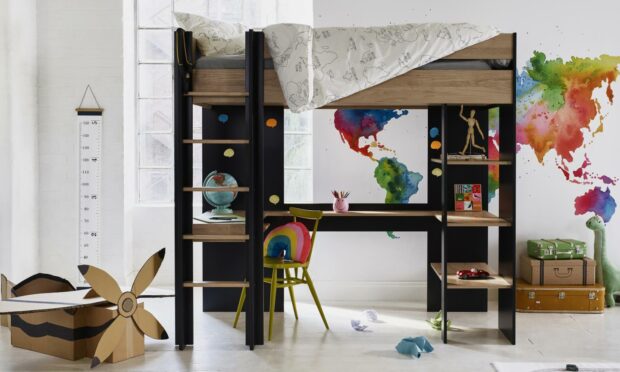
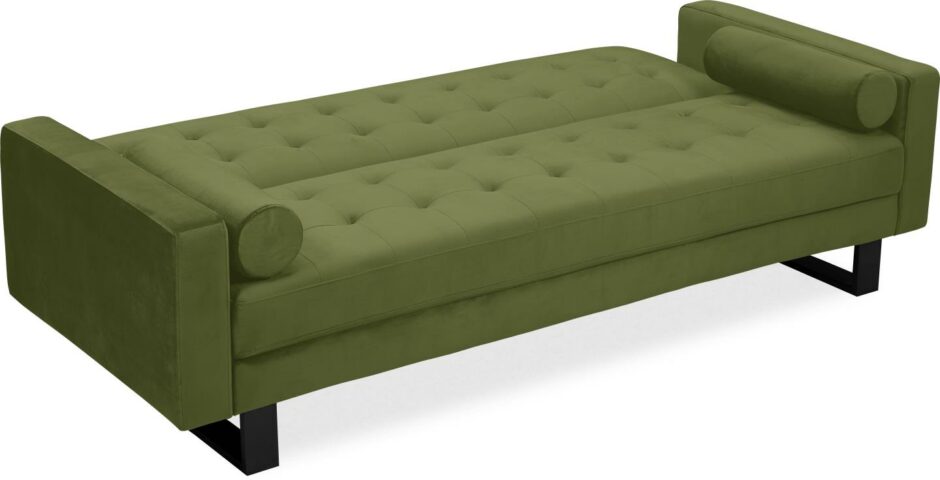
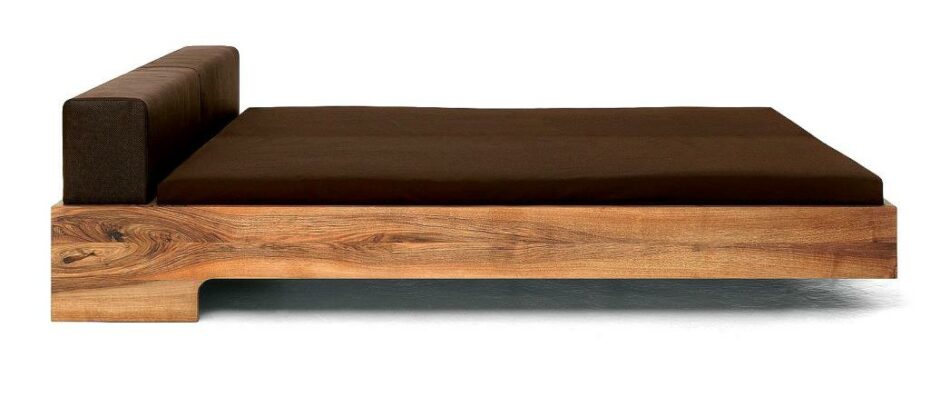
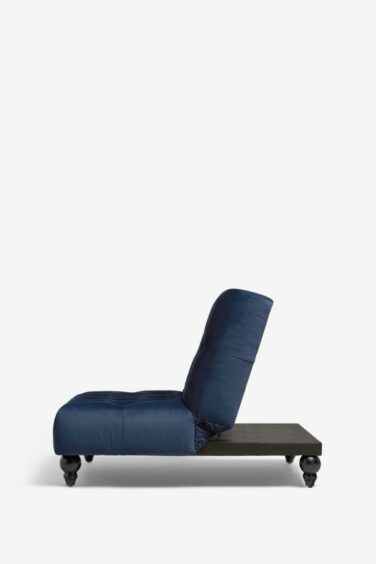
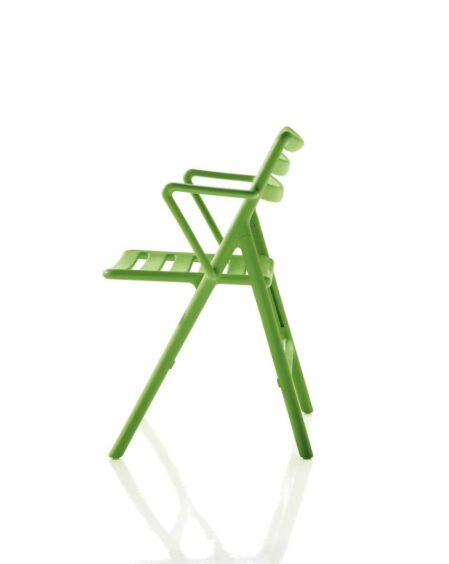
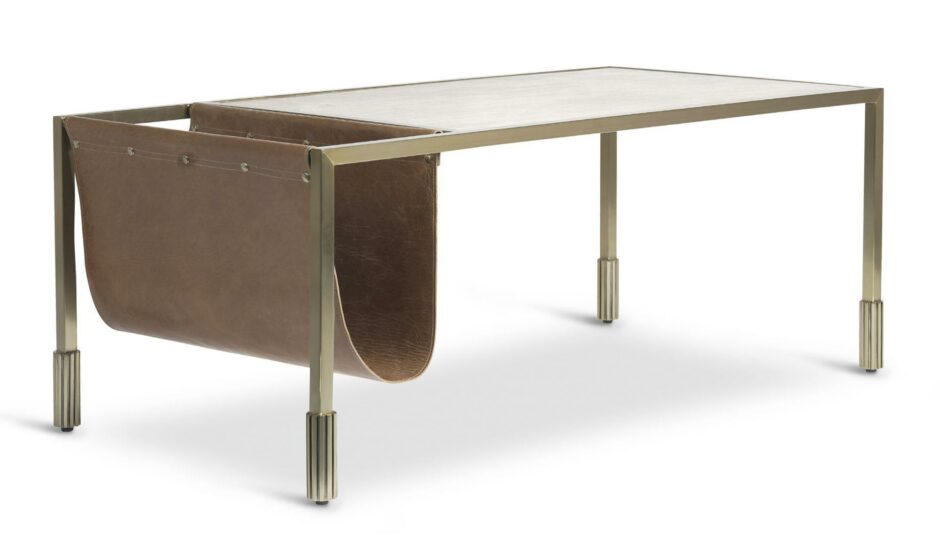
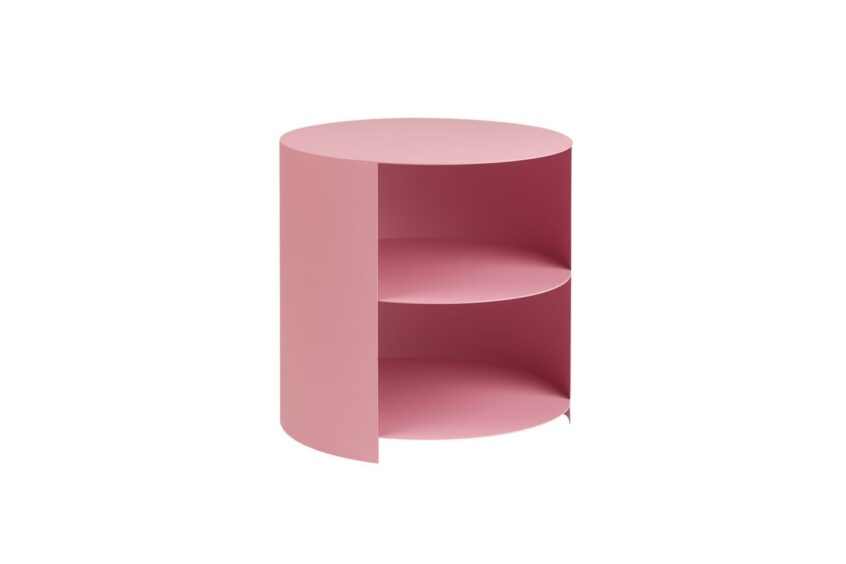
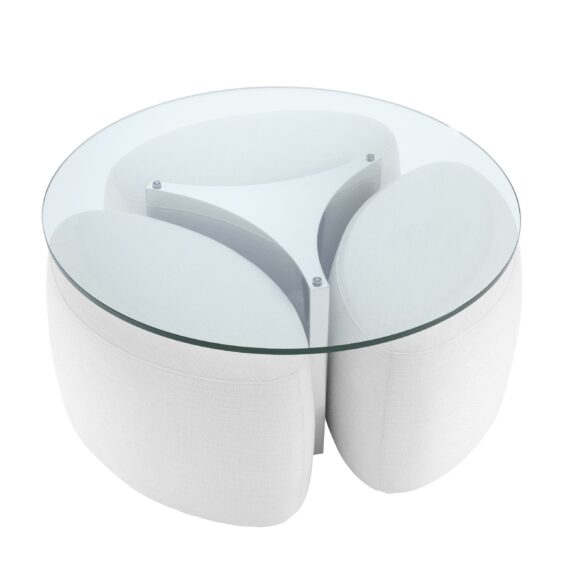
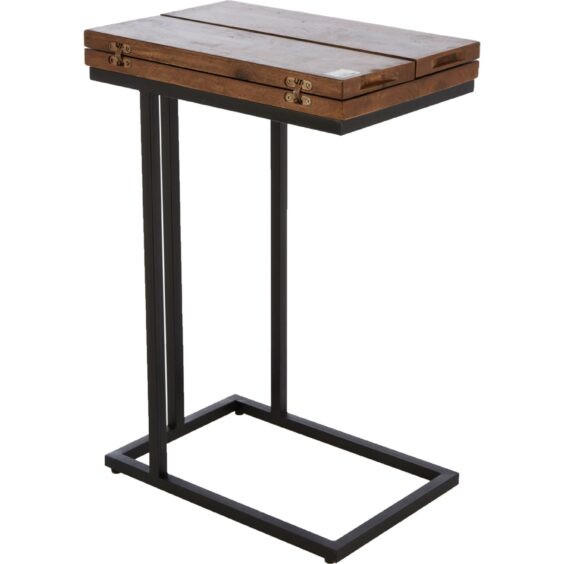
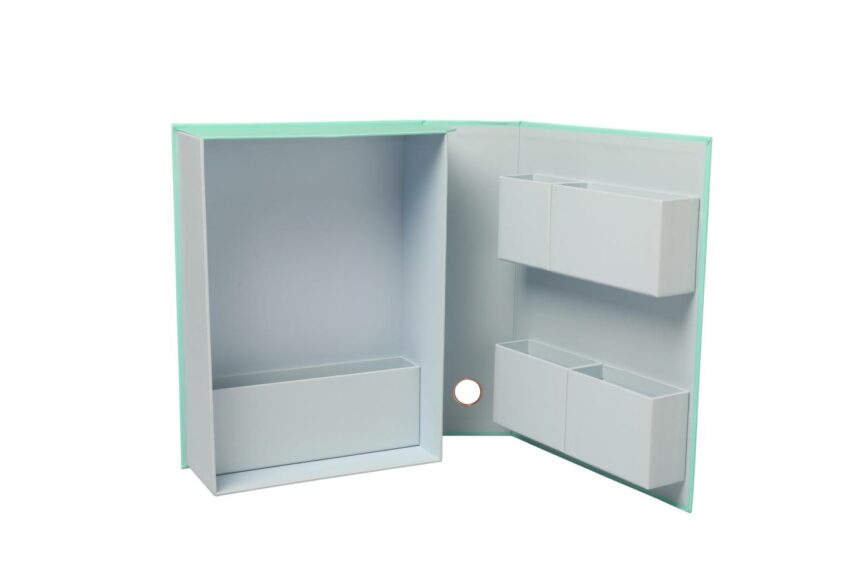
Conversation